Home>Gardening & Outdoor>Landscaping Ideas>How Often To Water The Grass
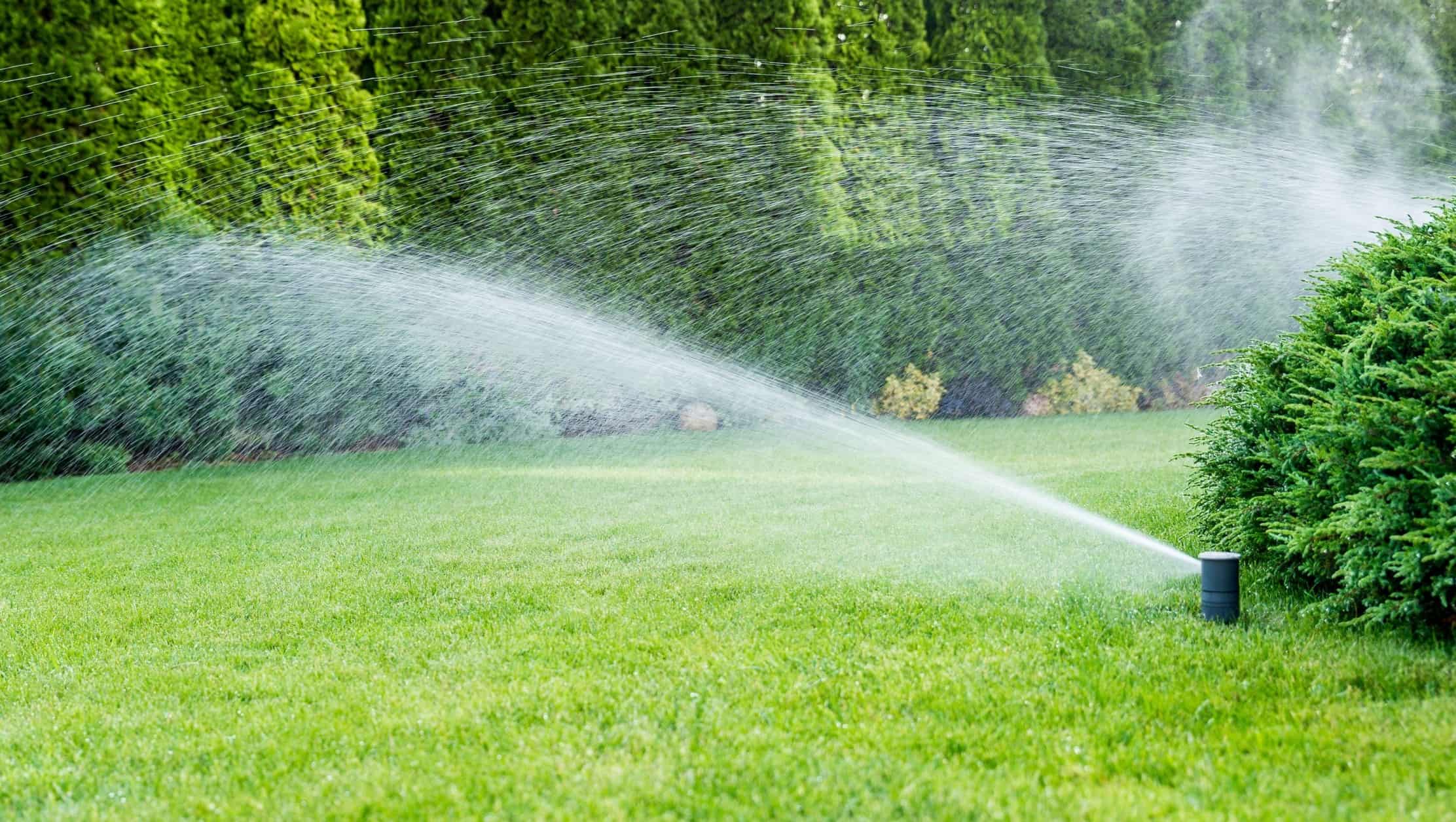

Landscaping Ideas
How Often To Water The Grass
Modified: January 26, 2024
Discover the best landscaping ideas for watering your grass. Learn how often to water your lawn for a healthy and vibrant yard. Unlock expert tips and techniques!
(Many of the links in this article redirect to a specific reviewed product. Your purchase of these products through affiliate links helps to generate commission for Storables.com, at no extra cost. Learn more)
Introduction
Welcome to the world of landscaping, where the lush green of a well-maintained lawn can transform any outdoor space into a tranquil oasis. One of the key factors in achieving and maintaining a vibrant, healthy lawn is proper watering. However, the question of how often to water the grass is not a one-size-fits-all answer. It depends on various factors such as climate, soil type, grass species, and more. In this article, we will delve into the art and science of grass watering, exploring the factors that influence watering frequency, signs of overwatering and underwatering, best practices for watering grass, and more. By the end of this journey, you will be equipped with the knowledge to nurture your lawn to its fullest potential.
Key Takeaways:
- Water your lawn in the early morning to reduce evaporation and prevent fungal growth. Deep, infrequent watering encourages strong root development, promoting a healthy and resilient lawn.
- Pay attention to signs of overwatering and underwatering, such as wilting, yellowing, or soil cracking. Adjust your watering practices based on climate, soil type, and grass species for optimal growth.
Read more: How Often To Grass Be Watered
Factors Affecting Grass Watering Frequency
When it comes to determining how often to water your grass, several crucial factors come into play. Understanding these elements is essential for tailoring a watering schedule that meets the specific needs of your lawn. Here are the primary factors affecting grass watering frequency:
- Climate: The climate of your region plays a significant role in determining how often you should water your grass. In hot and arid climates, more frequent watering is necessary to compensate for the increased evaporation rates, while in cooler and more humid climates, less frequent watering may be sufficient.
- Soil Type: Different soil types have varying water retention capabilities. Sandy soils drain water more rapidly, requiring more frequent watering, whereas clay soils retain water for longer periods, necessitating less frequent watering.
- Grass Species: The type of grass in your lawn also influences watering frequency. Cool-season grasses such as Kentucky bluegrass and fescue may require more frequent watering during hot weather, while warm-season grasses like Bermuda grass and Zoysia grass are more drought-tolerant and can withstand longer periods between watering.
- Establishment Stage: Newly seeded or sodded lawns require more frequent watering to support the establishment of roots. Once the grass is established, the watering frequency can be adjusted accordingly.
- Shade and Sunlight: The amount of shade and sunlight your lawn receives affects its water needs. Shaded areas may retain moisture for longer periods, requiring less frequent watering compared to sun-exposed areas.
- Slope and Drainage: The slope of your lawn and its drainage characteristics can impact water distribution. Areas with poor drainage may require more careful watering to prevent waterlogging, while sloped areas may need more frequent, lighter watering to prevent runoff.
By taking these factors into account, you can develop a customized watering schedule that aligns with the specific requirements of your lawn, promoting healthy growth and vibrant greenery.
Signs of Overwatering and Underwatering
Recognizing the signs of overwatering and underwatering is essential for maintaining a healthy lawn. Both scenarios can have detrimental effects on the grass, making it crucial to understand the indicators of each condition.
Signs of Overwatering:
- Wilting and Yellowing: Surprisingly, overwatered grass can exhibit symptoms similar to underwatered grass, such as wilting and yellowing. This occurs as a result of waterlogged roots, which impairs the grass's ability to absorb oxygen and nutrients, leading to a decline in health.
- Fungus and Disease: Excessive moisture creates an ideal environment for fungal growth and disease, manifesting as mold, mildew, or other fungal issues on the grass blades or soil surface.
- Stunted Growth: Overwatering can hinder root development and overall growth, resulting in a stunted appearance and reduced vigor of the grass.
- Pooling Water: Persistent pooling or runoff of water on the lawn indicates that the soil is saturated and cannot absorb additional moisture, signaling overwatering.
Signs of Underwatering:
- Wilting and Browning: Underwatered grass may wilt and turn brown as a survival mechanism to conserve water. This is the grass's way of signaling distress due to insufficient moisture.
- Thinning and Slow Growth: Insufficient water can lead to thinning of the grass and a reduction in growth rate, resulting in a lackluster and sparse appearance.
- Footprints Remain: When walked upon, underwatered grass may not spring back, and footprints or imprints may remain visible, indicating dehydration and reduced turgidity.
- Soil Cracking: In extreme cases of dehydration, the soil may crack, signaling a severe lack of water and potential long-term damage to the grass roots.
By being attentive to these signs, you can adjust your watering practices to ensure that your lawn receives the appropriate amount of moisture, promoting healthy growth and resilience against environmental stressors.
Read more: How Often Water Grass In Summer
Best Practices for Watering Grass
Implementing best practices for watering your grass is essential for fostering a thriving and resilient lawn. By following these guidelines, you can optimize water usage, promote healthy root development, and enhance the overall vitality of your grass.
Timing and Frequency:
Water your lawn in the early morning, ideally between 4 am and 10 am, to minimize evaporation and allow the grass blades to dry before evening, reducing the risk of fungal growth. Frequency of watering is determined by the factors mentioned earlier, such as climate, soil type, and grass species.
Deep and Infrequent Watering:
Instead of frequent shallow watering, aim for deep and infrequent watering sessions. This encourages the development of deep roots as the grass seeks moisture deeper in the soil, making it more resilient during dry periods.
Watering Evenly:
Ensure that water is distributed evenly across the lawn to prevent overwatered and underwatered areas. Proper sprinkler placement and calibration are crucial for achieving uniform water coverage.
Read more: How Often To Water Zoysia Grass
Observe Water Absorption:
Monitor the rate at which the soil absorbs water during watering sessions. If you notice runoff or pooling, pause the watering to allow the soil to absorb the moisture before resuming.
Consideration of Rainfall:
Adjust your watering schedule based on natural rainfall. During periods of adequate rainfall, reduce or suspend supplemental watering to prevent overwatering.
Utilize Moisture Meters:
Moisture meters can provide valuable insights into the moisture levels of your lawn, helping you gauge when it’s time to water and when the soil retains sufficient moisture.
Regular Maintenance:
Periodically inspect and maintain your irrigation system to ensure it operates efficiently and delivers water effectively to the lawn. Address any leaks, clogs, or malfunctions promptly to prevent water wastage and uneven watering.
By incorporating these best practices into your lawn care routine, you can optimize water utilization, promote healthy grass growth, and contribute to the sustainability of your landscape.
Read more: How Often To Water Bermuda Grass
Conclusion
Mastering the art of watering your grass is a fundamental aspect of maintaining a vibrant and resilient lawn. By considering the various factors that influence watering frequency, recognizing the signs of overwatering and underwatering, and implementing best practices for watering, you can nurture your grass to thrive in its unique environment.
Understanding the climate, soil type, grass species, and other environmental factors empowers you to tailor a watering schedule that meets the specific needs of your lawn. By observing the signs of overwatering and underwatering, you can make timely adjustments to your watering practices, ensuring that your grass receives the optimal amount of moisture for healthy growth and vitality.
By following best practices such as timing and frequency, deep and infrequent watering, and monitoring water absorption, you can maximize water efficiency while promoting robust root development and overall resilience of your grass. Additionally, incorporating moisture meters and conducting regular maintenance of your irrigation system can further enhance the effectiveness of your watering efforts.
Ultimately, the art of watering your grass is a harmonious blend of science and care, where a deep understanding of environmental dynamics meets the nurturing touch of a dedicated landscaper. By embracing this holistic approach to lawn care, you can cultivate a lush, verdant oasis that enriches your outdoor space and provides a serene retreat for relaxation and enjoyment.
So, as you embark on your journey to nurture your lawn, remember that the art of watering is not merely a task but a symphony of care and mindfulness, weaving together the elements of nature to create a tapestry of green splendor in your own backyard.
Frequently Asked Questions about How Often To Water The Grass
Was this page helpful?
At Storables.com, we guarantee accurate and reliable information. Our content, validated by Expert Board Contributors, is crafted following stringent Editorial Policies. We're committed to providing you with well-researched, expert-backed insights for all your informational needs.
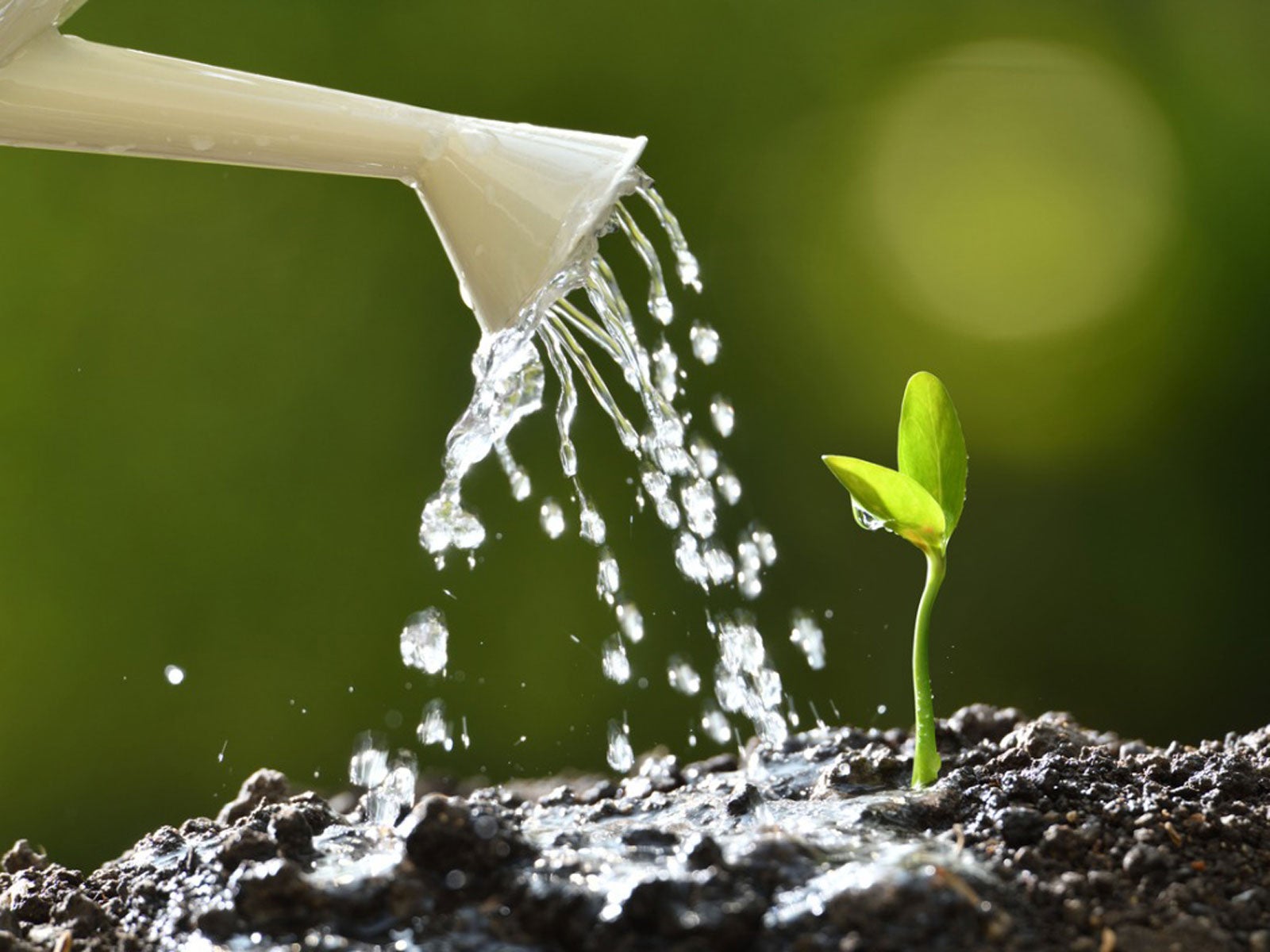
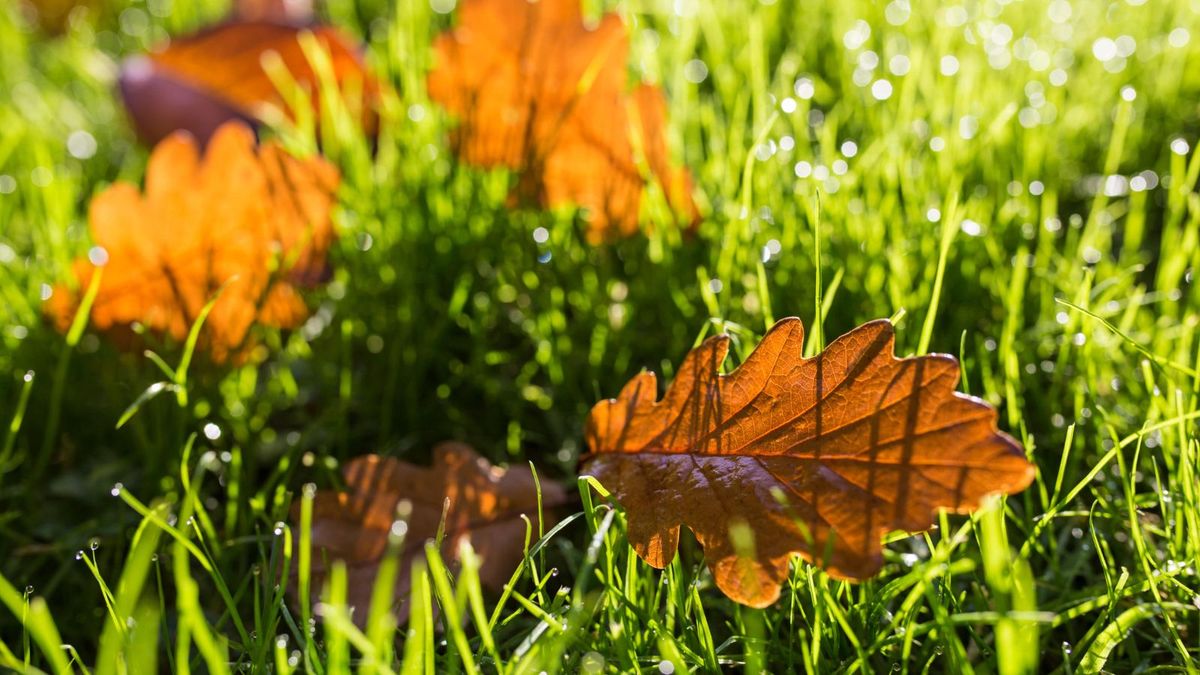
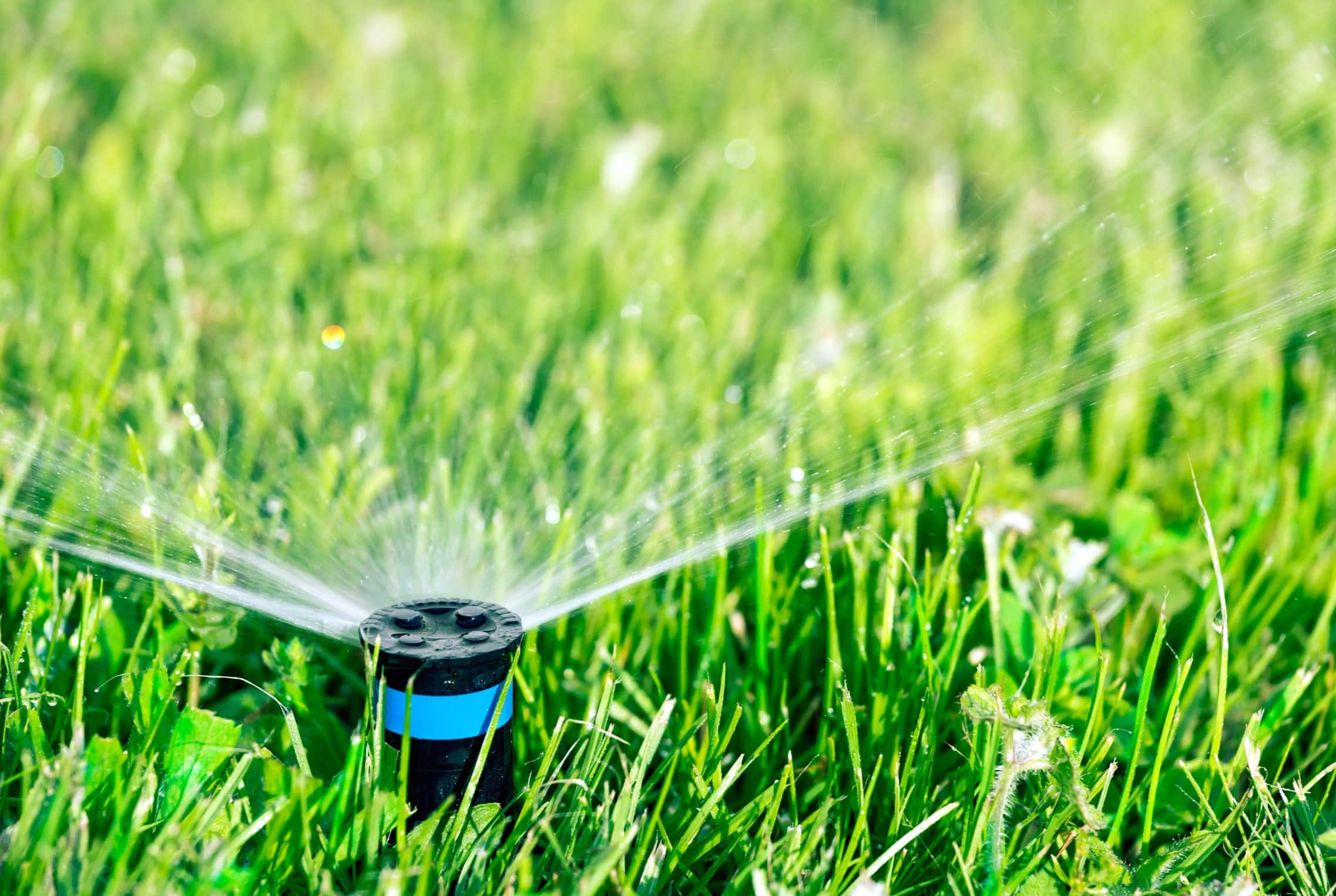
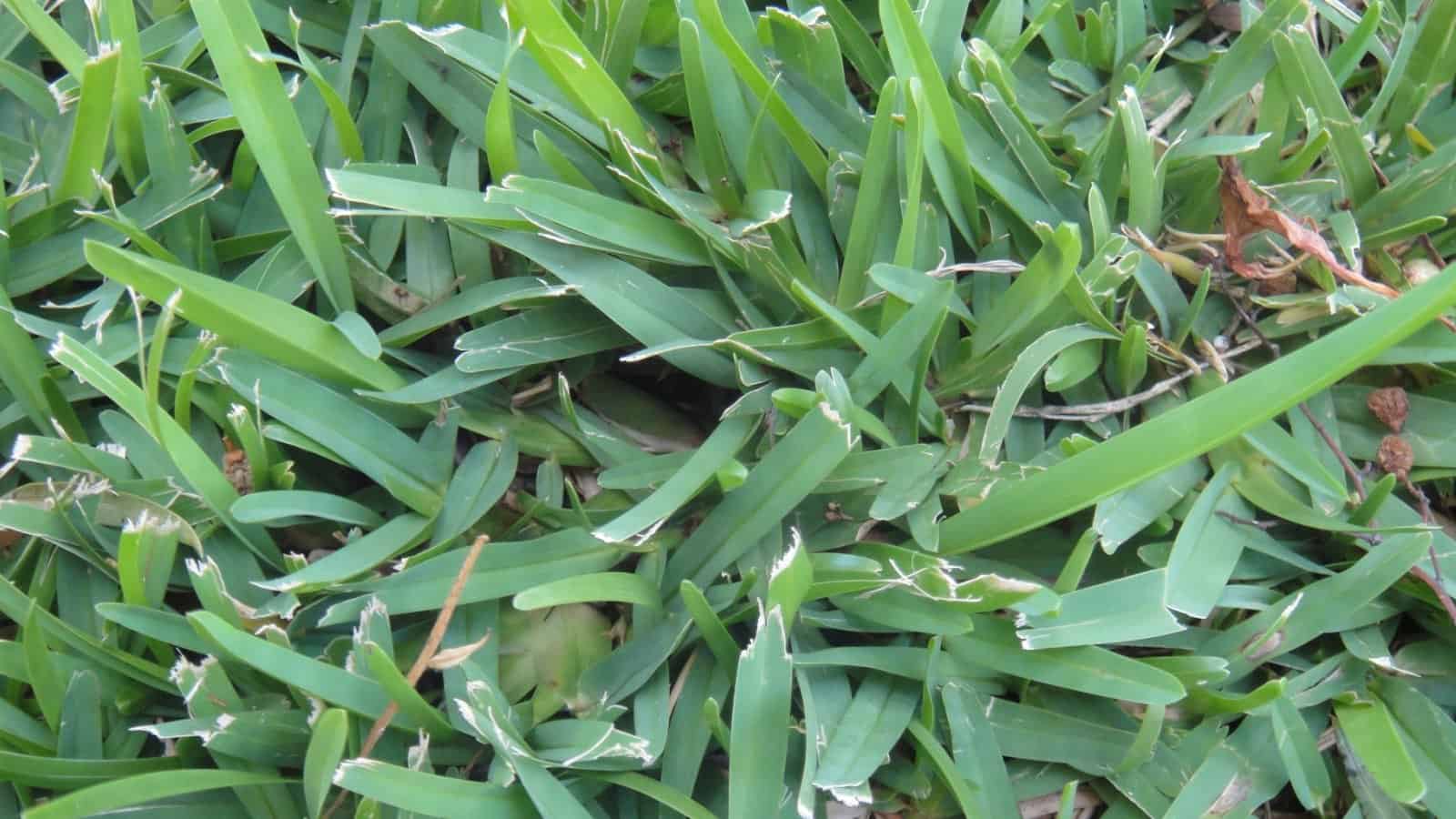
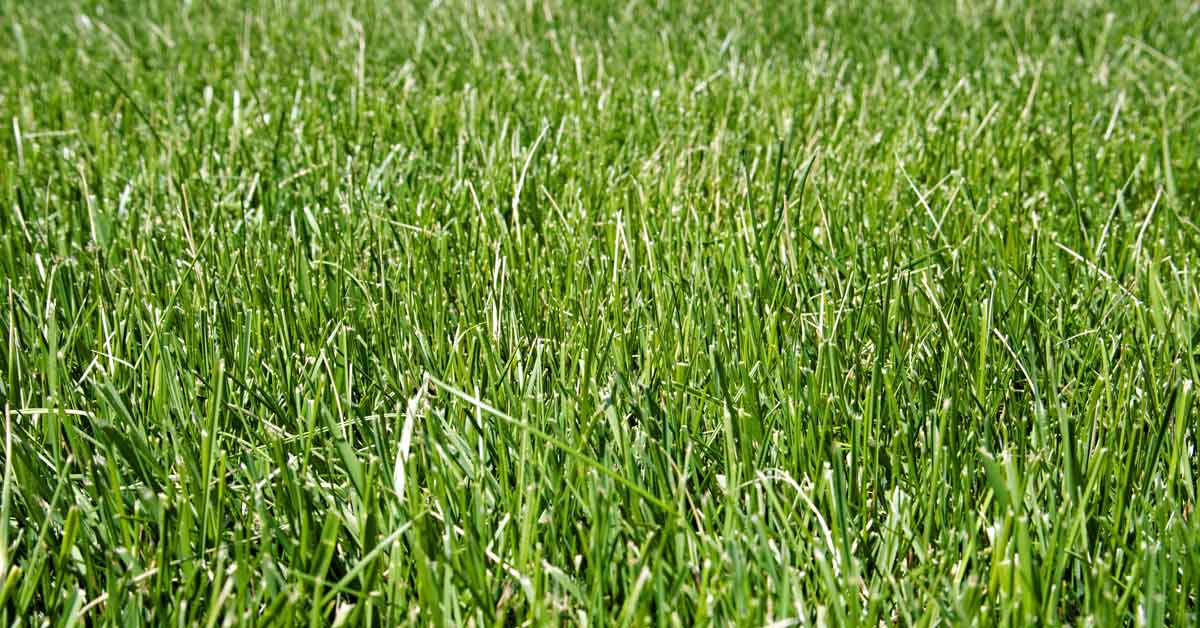
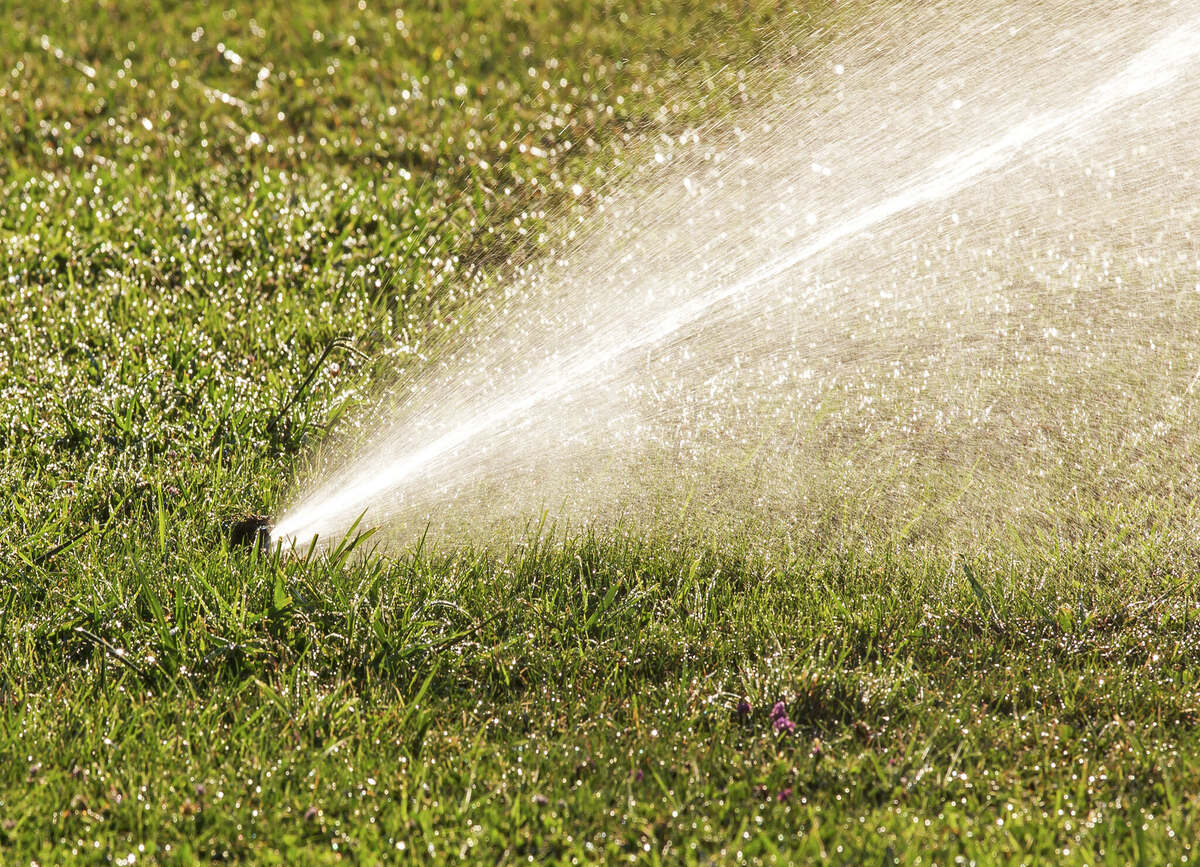
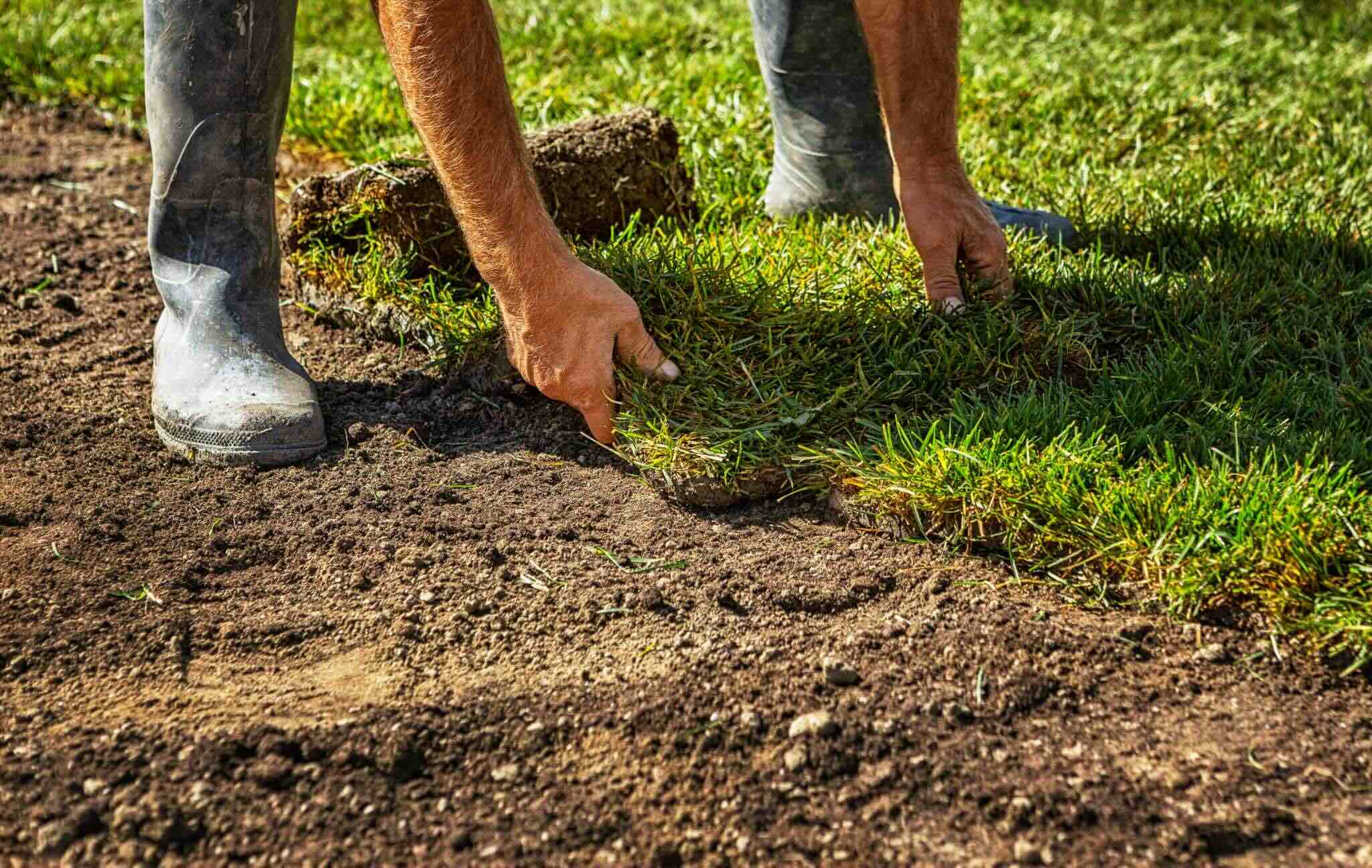
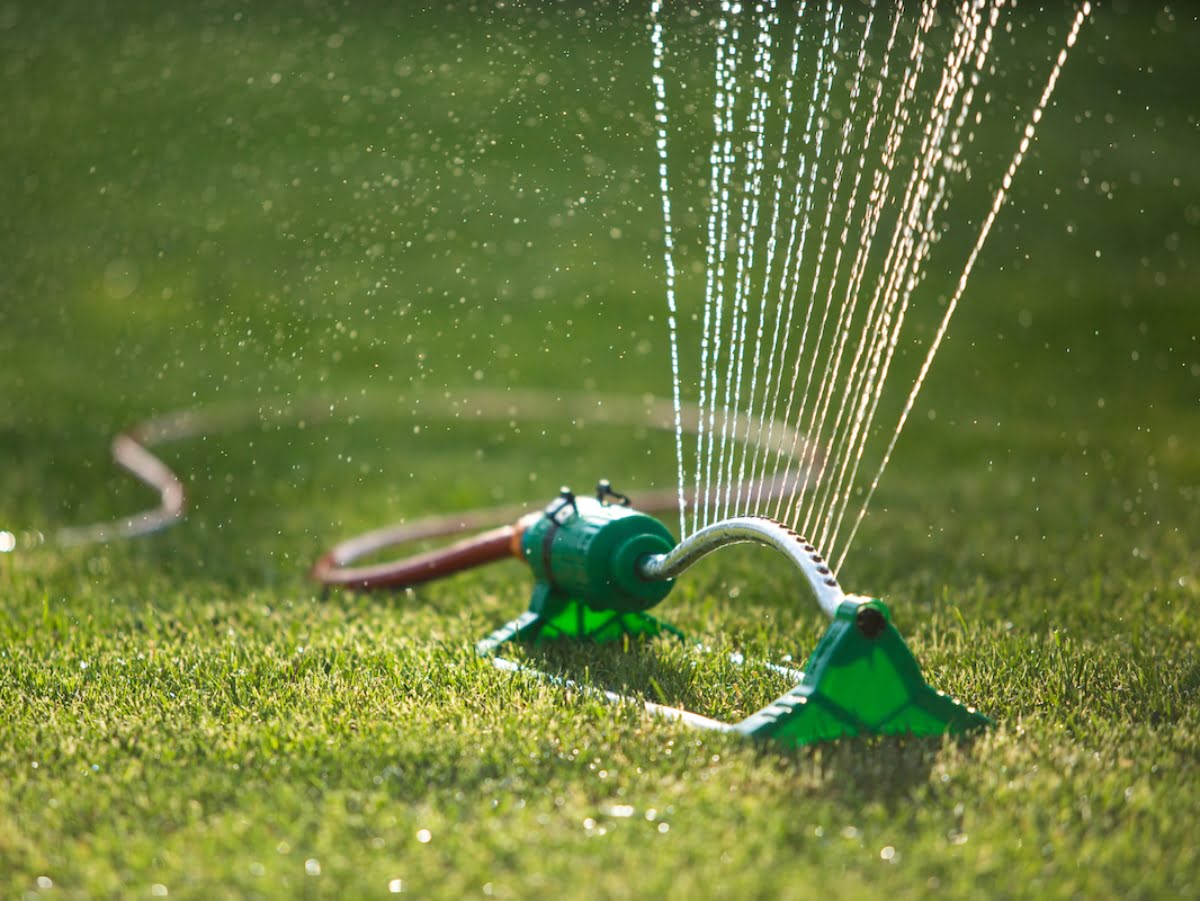
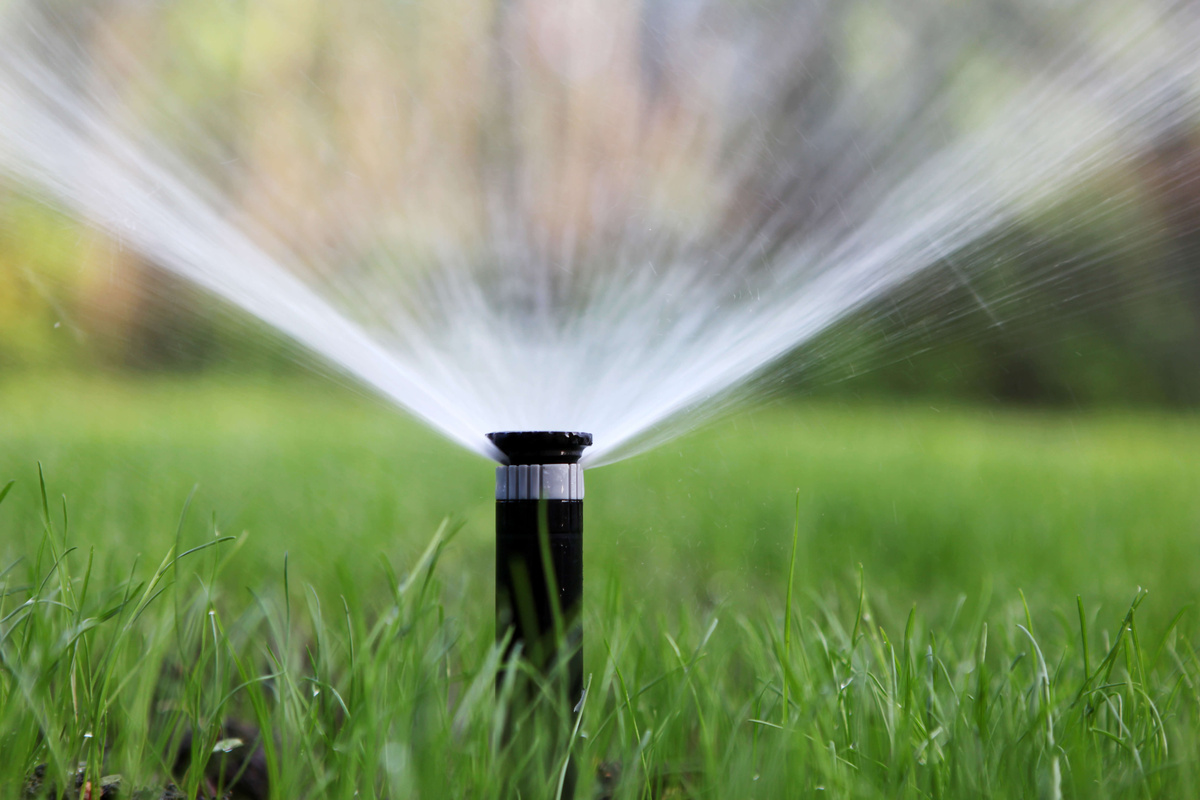
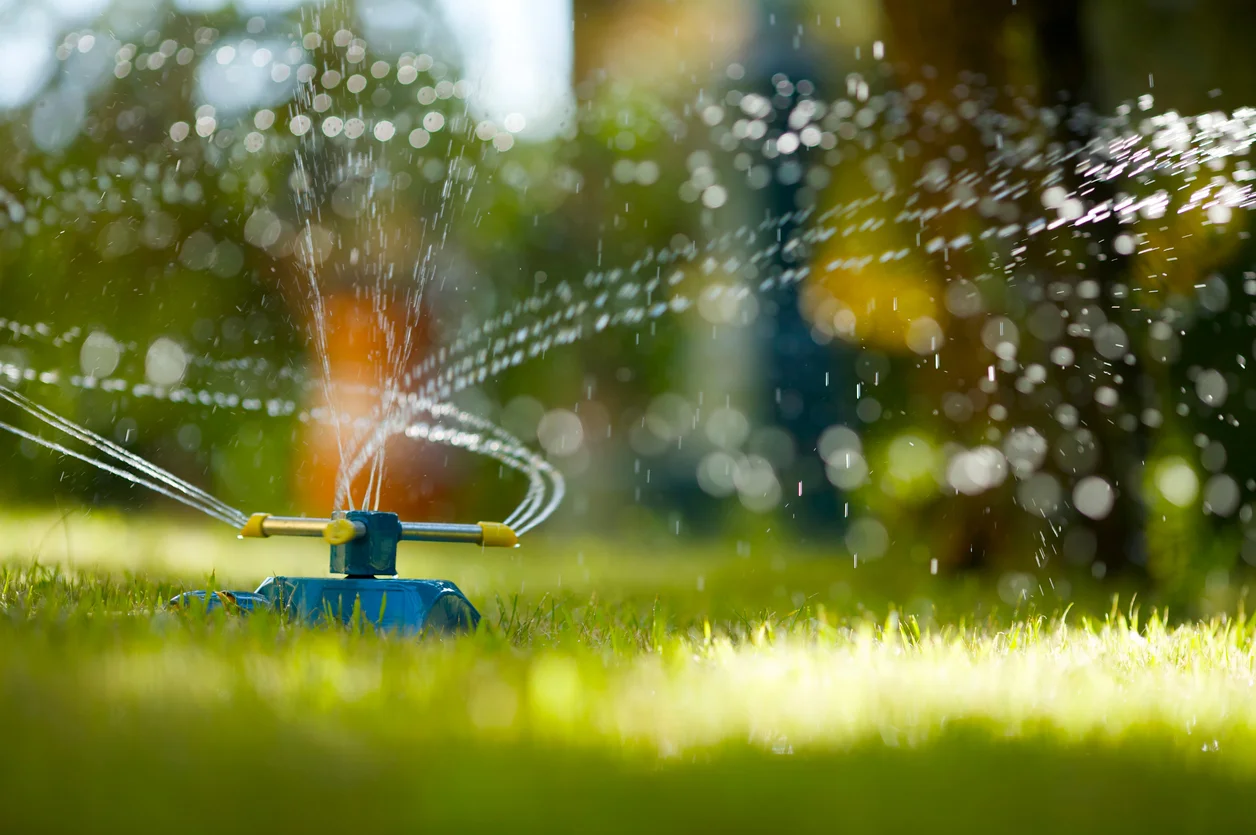
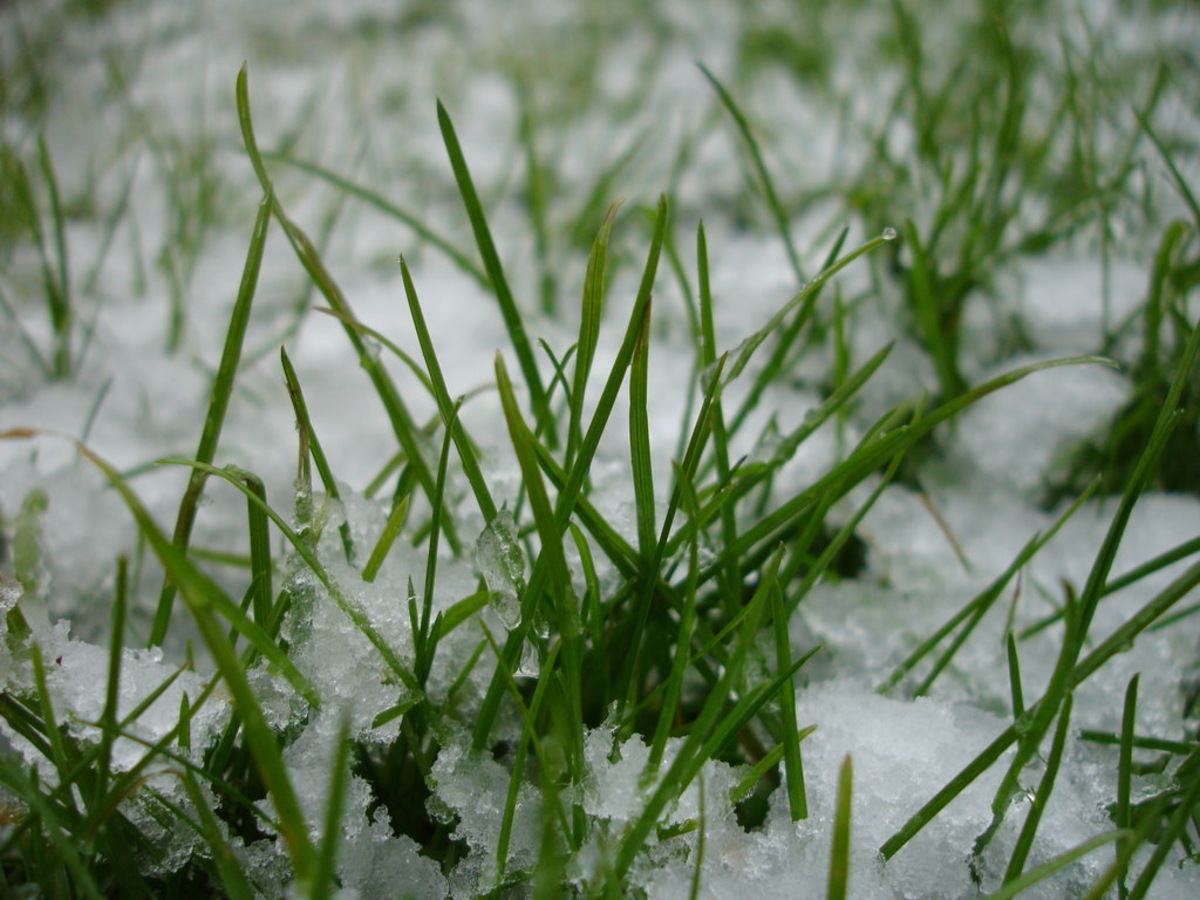
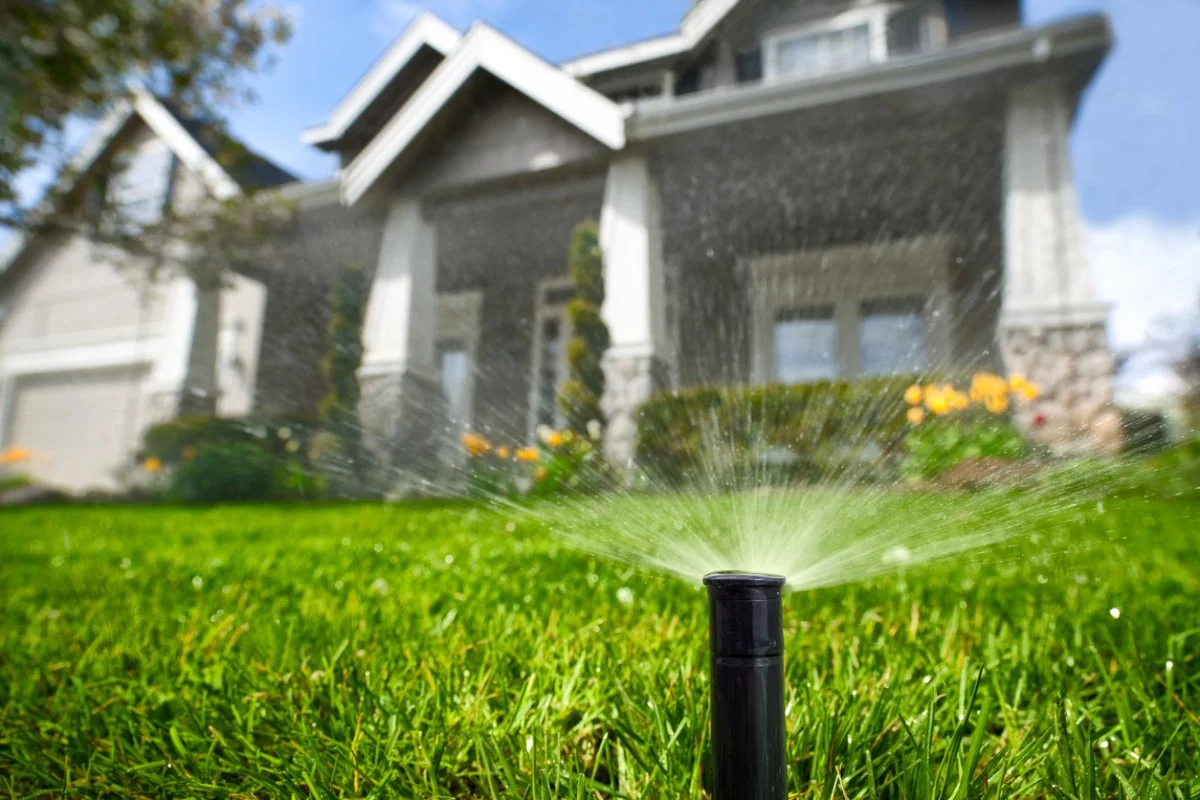

0 thoughts on “How Often To Water The Grass”